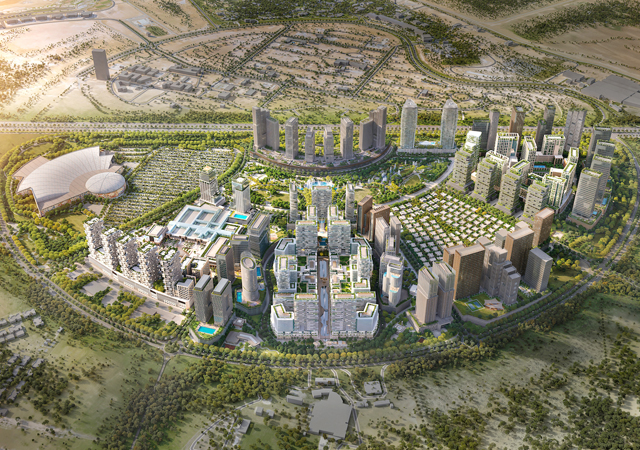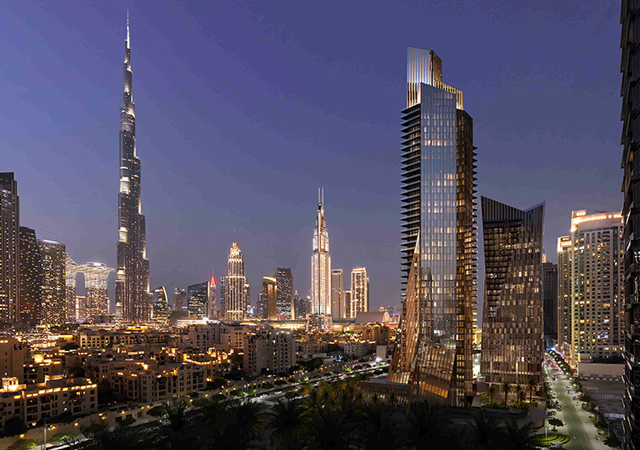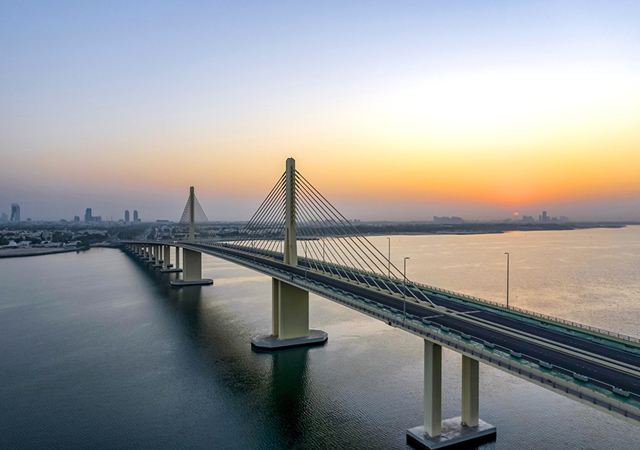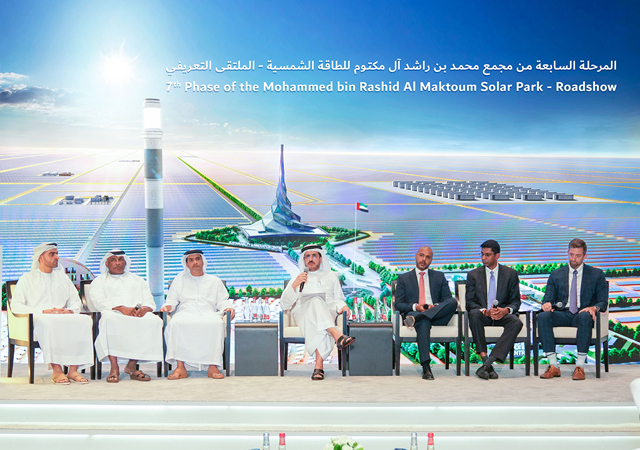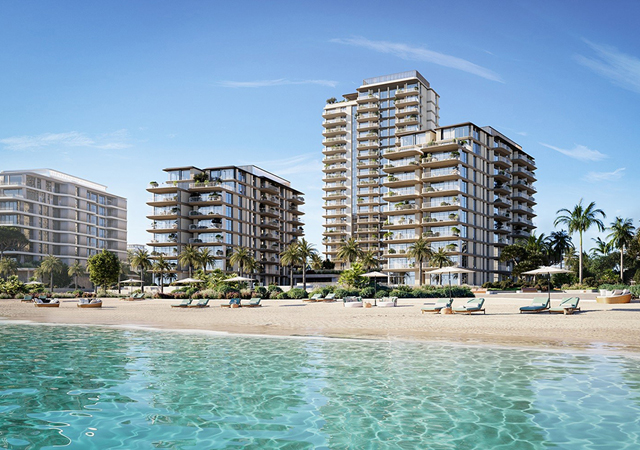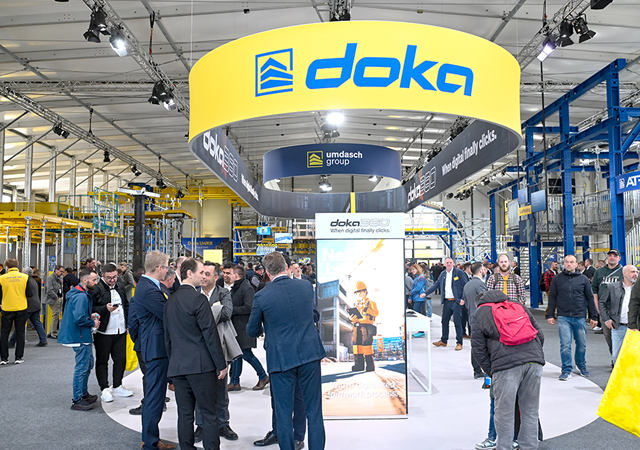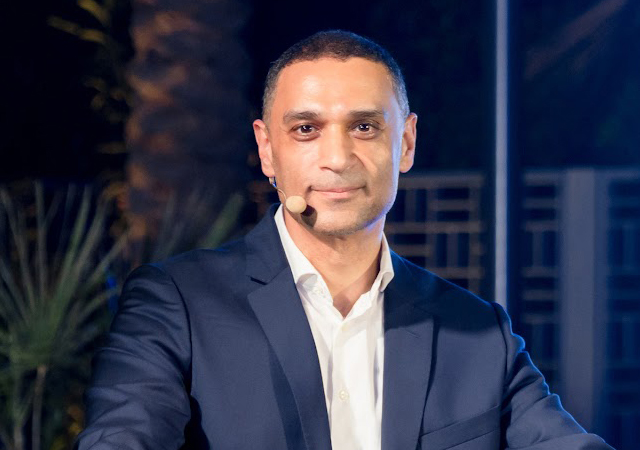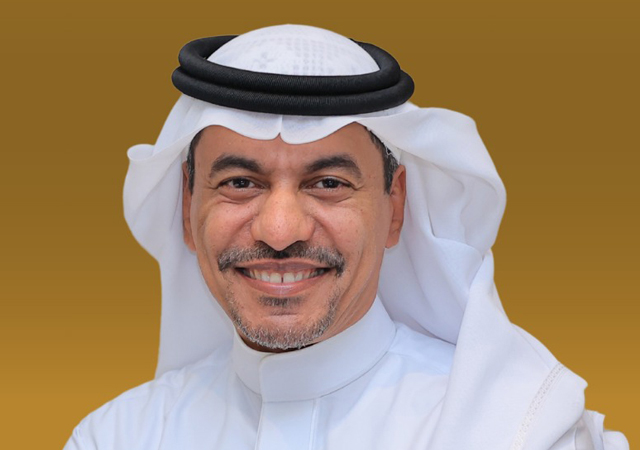
 Emirates Palace Hotel ... a striking GRC landmark.
Emirates Palace Hotel ... a striking GRC landmark.
أlass reinforced cement (GRC) components, based on CemFil glassfibres, are said to have been produced for the first time in the Middle East in 1977.
Three decades later the cement-based composite material with alkali-resistant fibres randomly dispersed throughout it has grown in popularity and has been widely used in the Gulf, on striking projects such as the Emirates Palace and Baynounah Tower in Abu Dhabi, the Madinat Jumeirah in Dubai, the Four Seasons Hotel in Doha (Qatar) and the Sultan Qaboos Grand Mosque in Oman, besides numerous other mosques as well as palaces.
With the blistering pace at which construction is being undertaken, the use of GRC has risen and according to industry sources, in the UAE alone there are over 100 companies that manufacture it.
One of them is Trade Circle Technical Industries, which has produced GRC that adorns landmark projects such as the Mall of the Emirates, Abu Dhabi International Airport, the Shaikh Zayed Grand Mosque and Wafi City, among many others.
The Dubai-based company has been manufacturing GRC for the last 25 years from its factory in Al Quoz. “We manufacture approximately 10,000 sq ft annually,” says Sanjay Chakravarti, the firm’s sales manager.
Chakravarti points out that while the demand is still high for GRC, “the number of competitors has increased simply because the number of ongoing projects in the country has increased”.
“The competition is stiff with each of the companies vying for a piece of the GRC pie,” agrees Mohammed Imtiaz, sales manager of Al Rahma Décor, the Sharjah-based company that began manufacturing GRC four years ago and has never looked back.
“The demand for GRC is very high and despite the large number of manufacturers of GRC in the UAE, there is enough market demand for all the players,” he adds.
One of the main reasons for the growing popularity of GRC both in the UAE as in other parts of the Gulf, is its long-term performance.
“GRC is used for cladding in industrial, commercial and residential buildings,” says Imtiaz. “Right now we have six projects on hand and three projects are in the tendering stage.”
Al Rahma Decor has been producing “quality assured” GRC at its sprawling 30,000 sq ft factory in Sharjah since early-2000. “The factory produces 50,000 sq ft of GRC every year,” says Imtiaz, “and, while cost is directly dependant on the size and design, on an average it ranges between Dh150 and 300 per sq ft.”
According to him, Al Rahma Decor uses the best raw materials to ensure client satisfaction.
GRC is a thin-section concrete that uses alkali-resistant glass fibres for reinforcement. The fact that the fibres will not rust like steel reinforcement means that there is no real requirement for ‘cover’ and no problems associated with the lack of it. As such, it is possible to make lightweight elements that have impressive structural qualities yet save up around 65 to 75 per cent of the weight of a solid unit.
Choosing GRC at the design stage can lead to savings in both structural and foundation costs, and yet yield the following advantages:
• High strength-to-weight ratio;
• Reduced weight leads to lower transport and erection cost;
• Maintenance-free (no steel reinforcement to corrode);
• High impact strength;
• Freedom of design through the ability to form complex shapes;
• Non-combustibility; and
• Improved surface detail and quality of finish.
The material also offers greater design possibilities, where traditional materials are unable to meet specifications or cannot fulfil the requirements at an economic cost.
“GRC is ideal for Arab and Islamic architecture because it allows relatively thin cross-section products and gives a low component weight, usually one-fifth of an equivalent concrete element. It can also be designed and moulded into different shapes easily," says Imtiaz. “It offers high thermal insulation when used in conjunction with suitable core materials such as polystyrene, polyurethane or phenolic foams. A high quality surface finish can be achieved, so eliminating the need for further treatment or maintenance.”
Architects, decorators and designers throughout the world are convinced of the exceptional technical specifications and infinite possibilities offered by GRC for interior and exterior uses with a highly decorative appeal. At Al Rahma Decor, we synthesise design and functions of GRC, giving an excellent alternative to traditional building materials,” Imtiaz concludes.


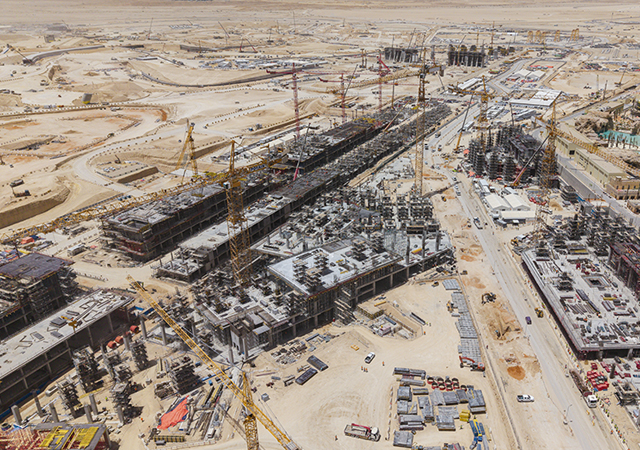
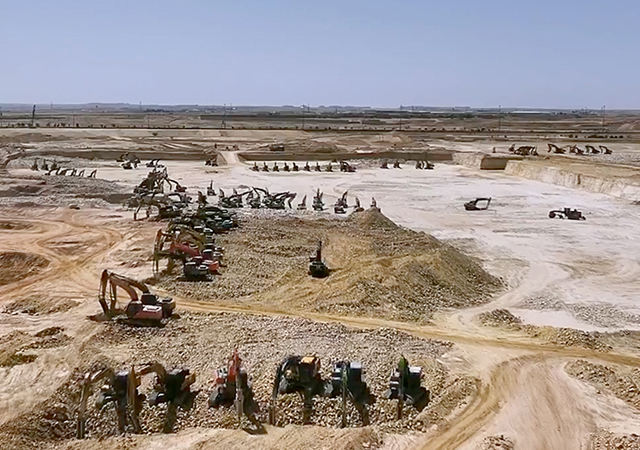
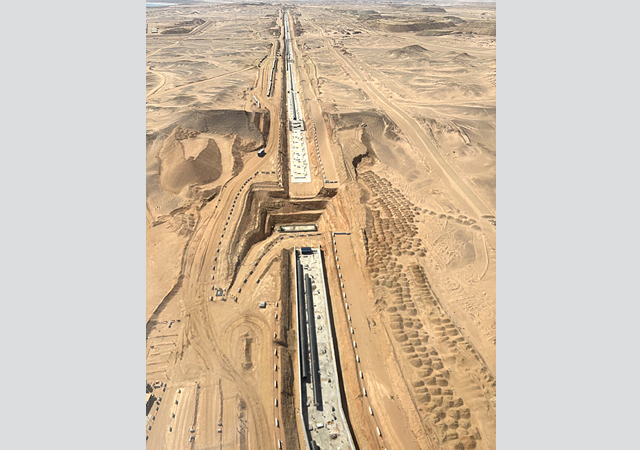
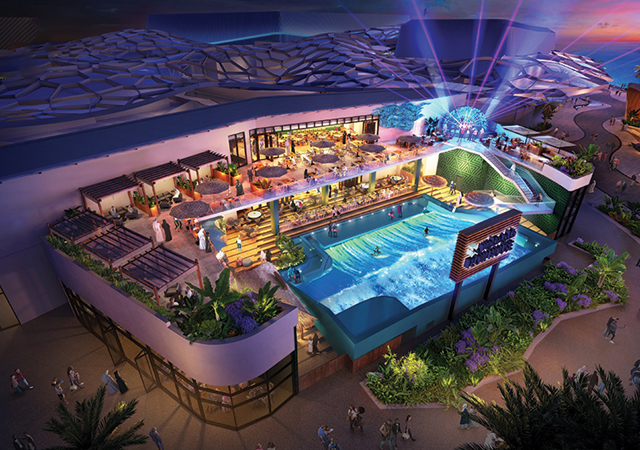
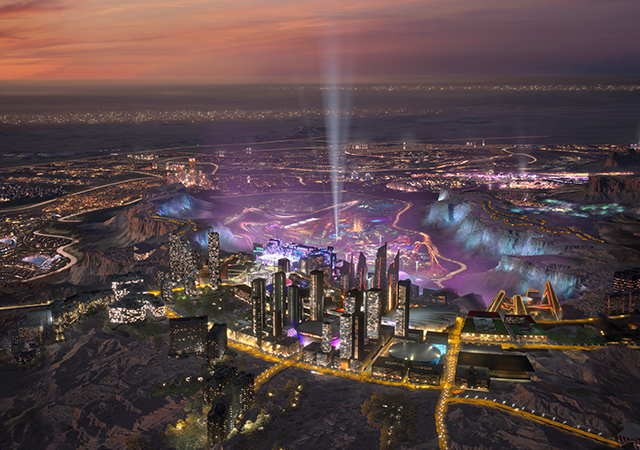
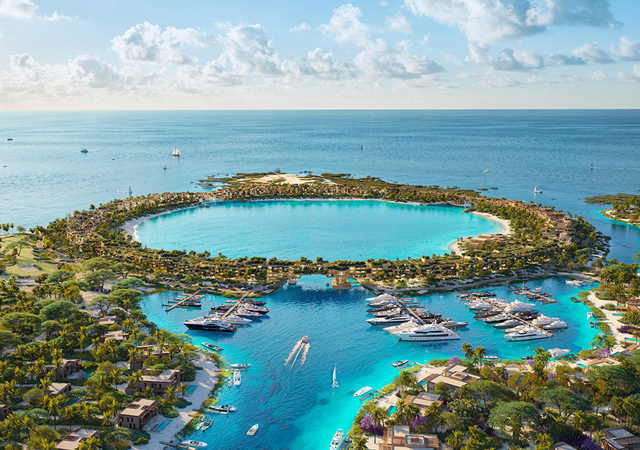
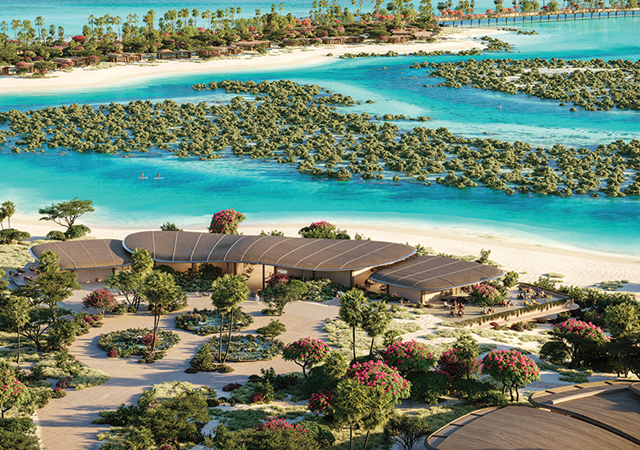
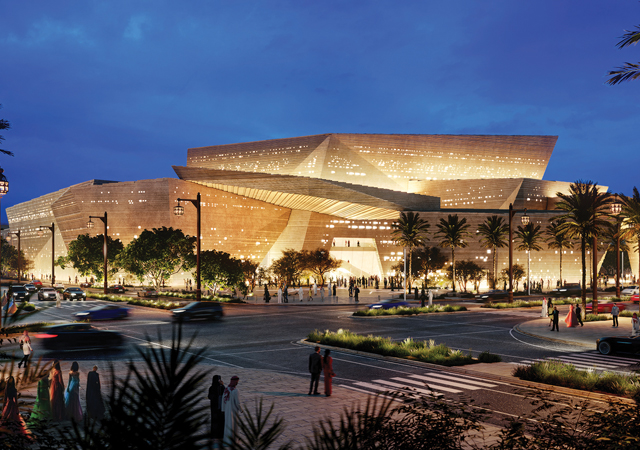
 BIG.jpg)
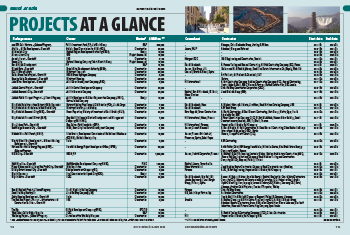
.jpg)
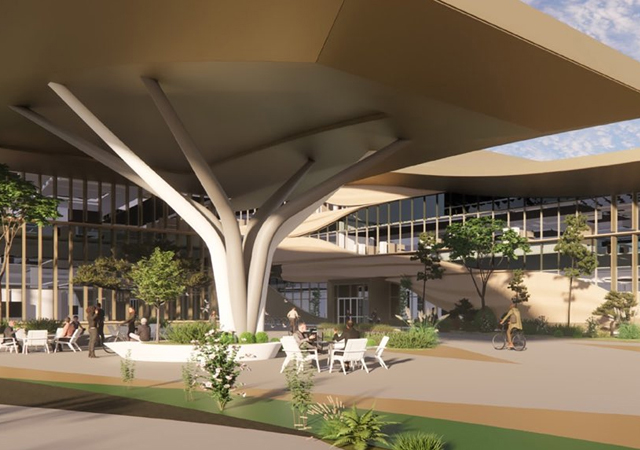
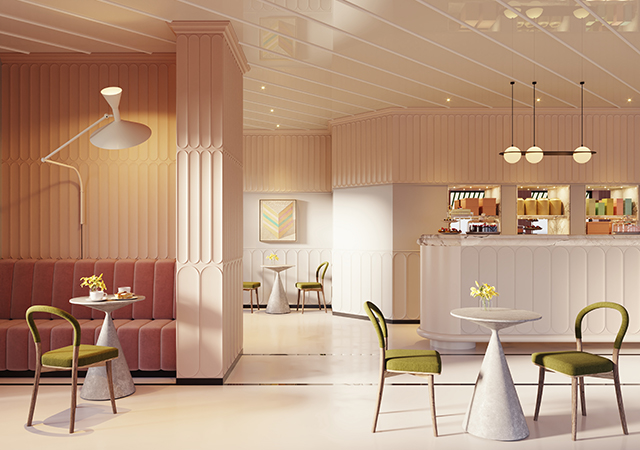
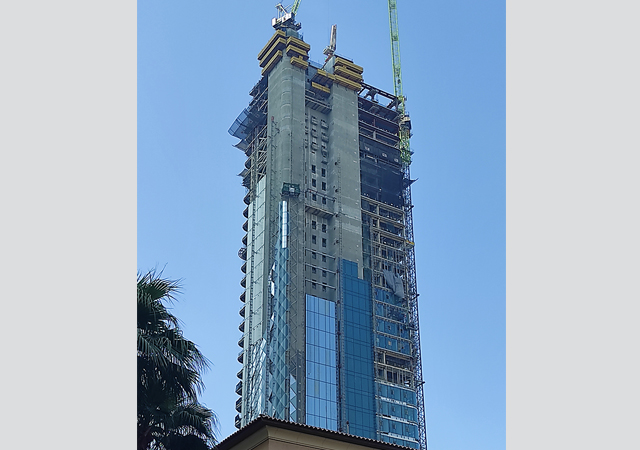

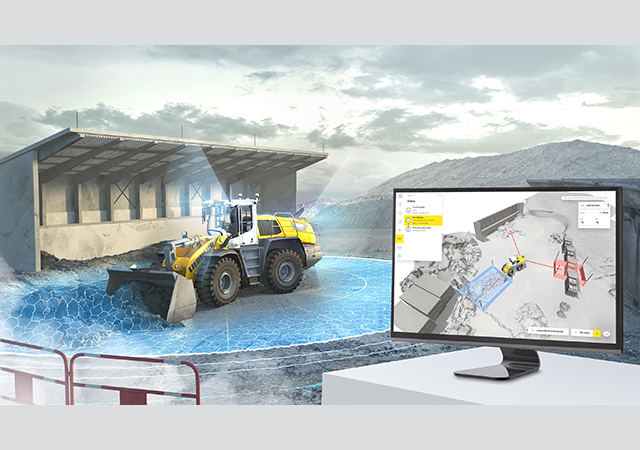
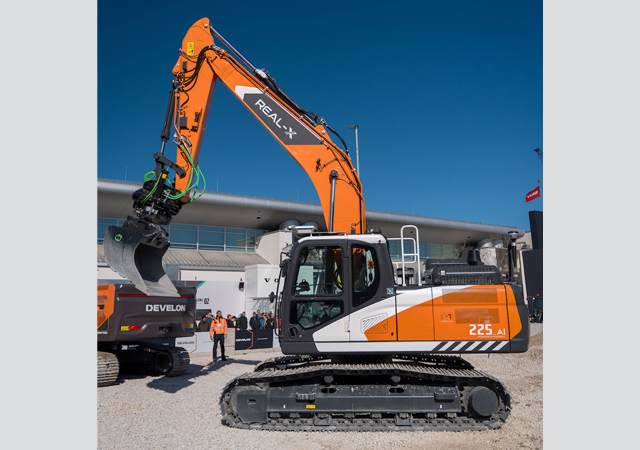
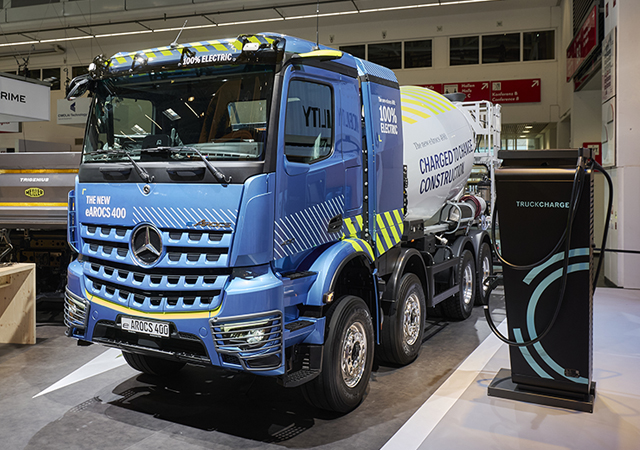

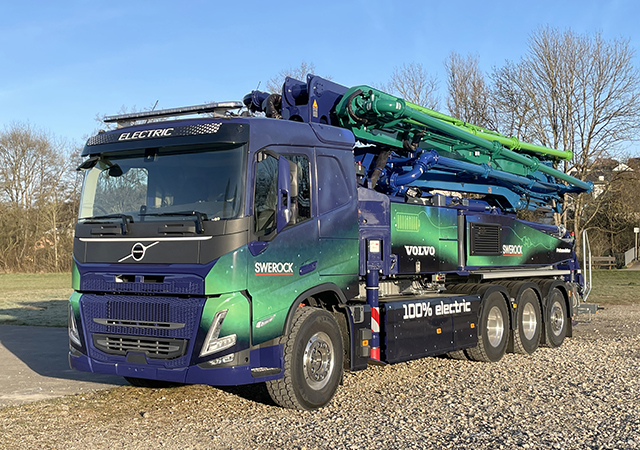

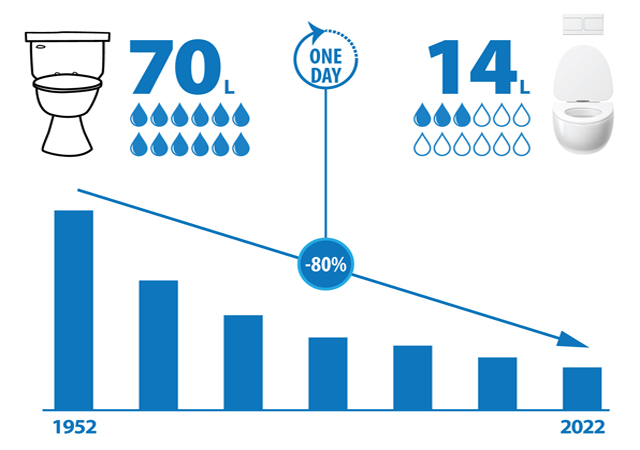

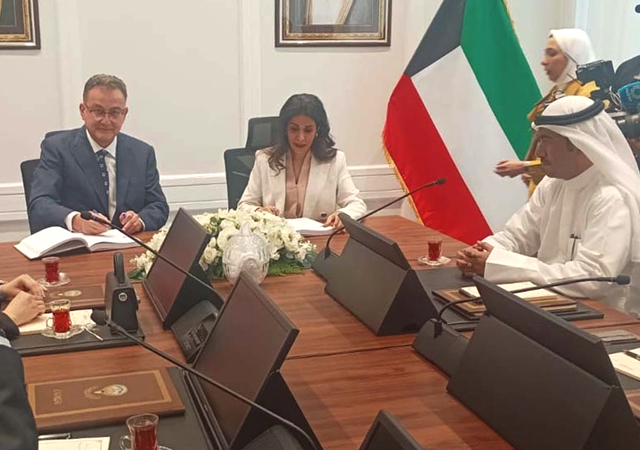
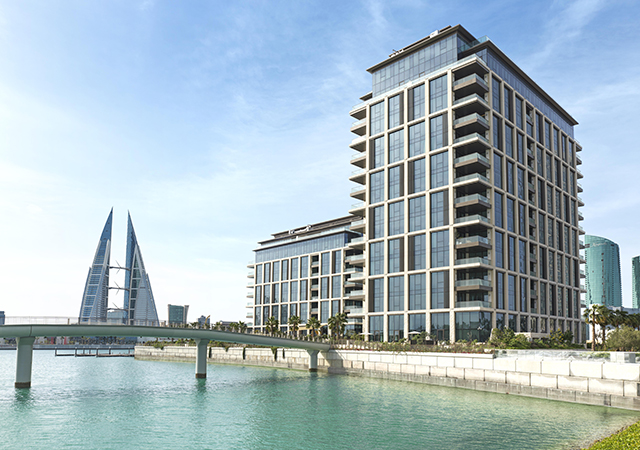
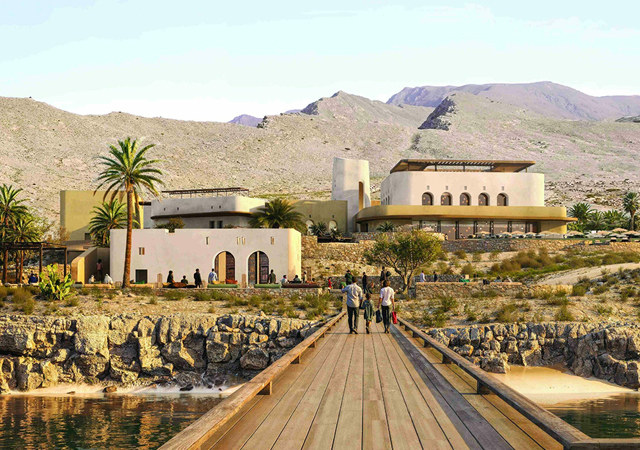
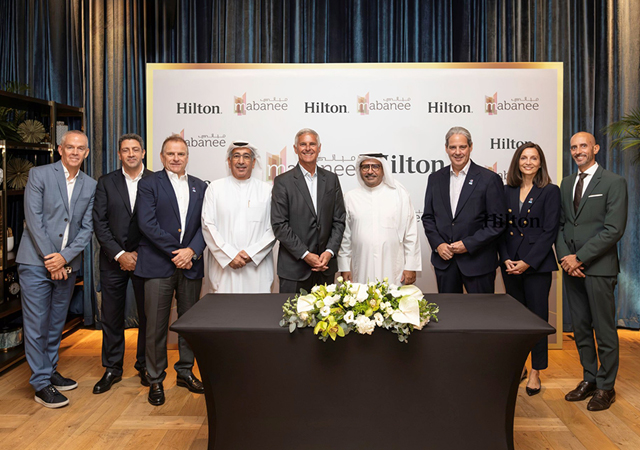
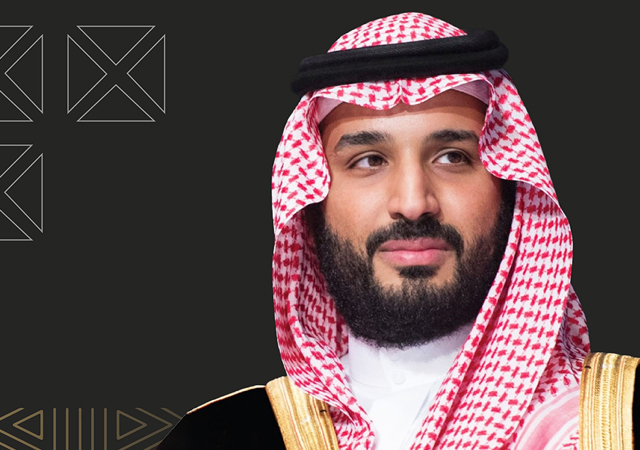
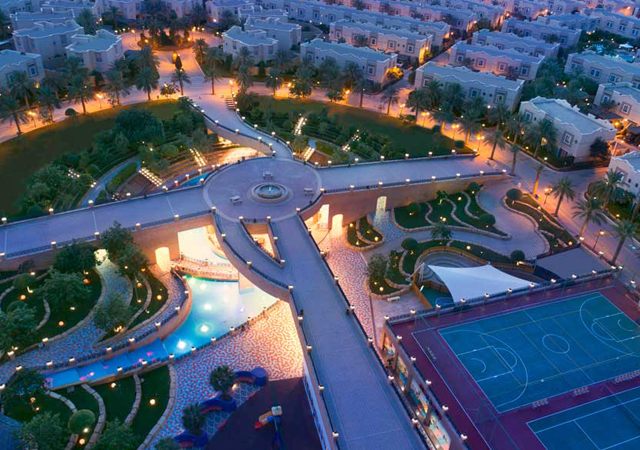
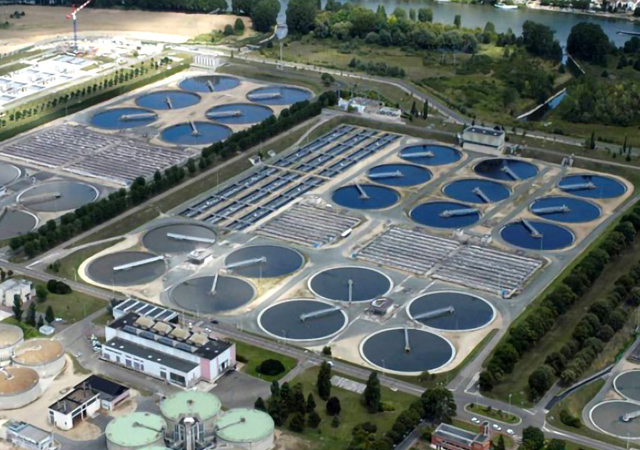
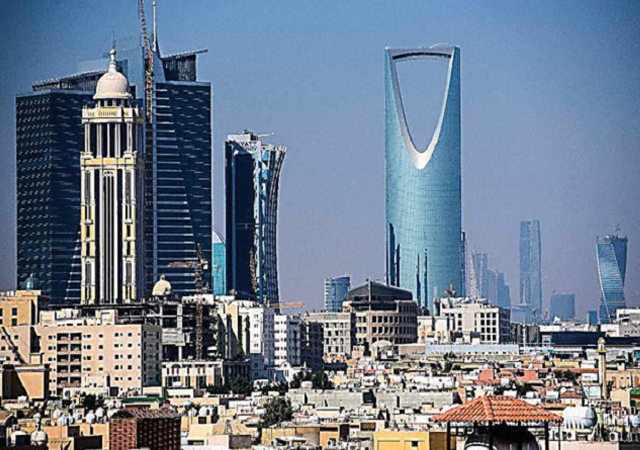
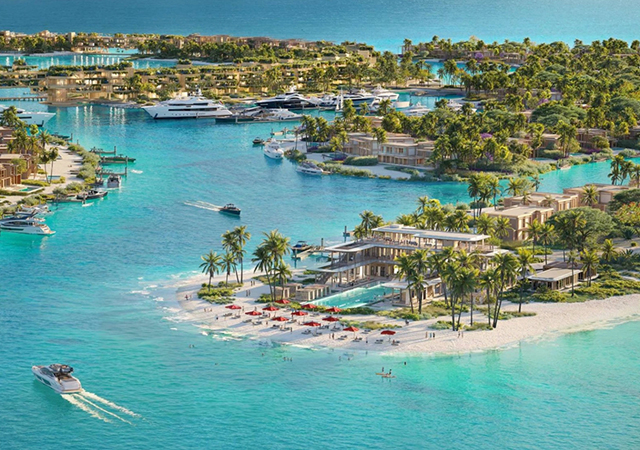
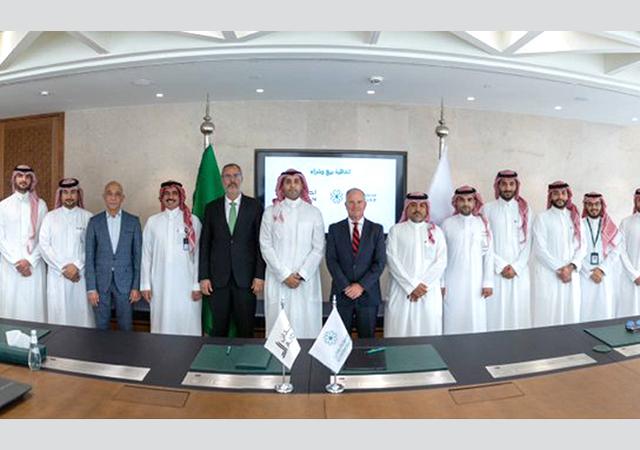
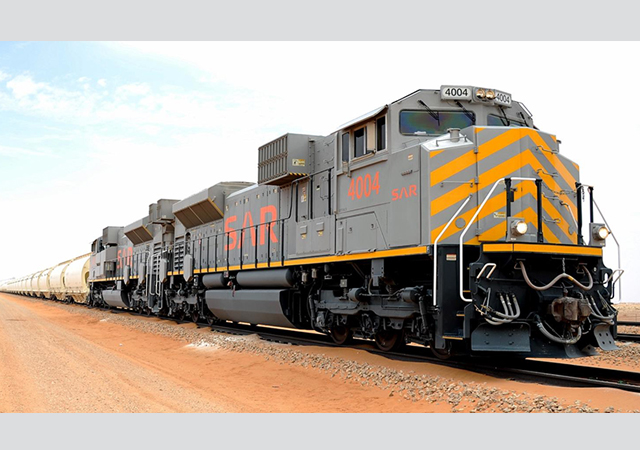
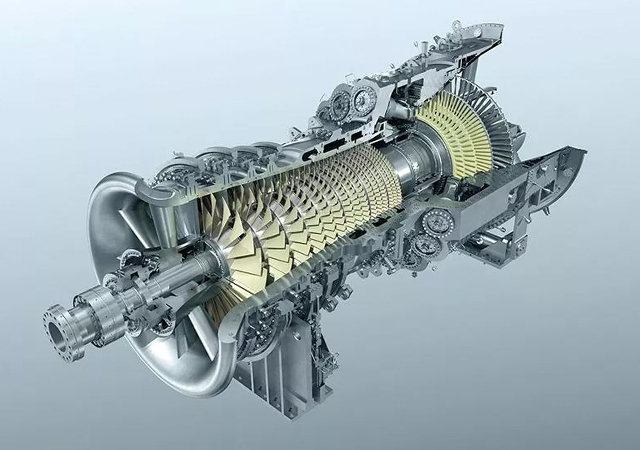
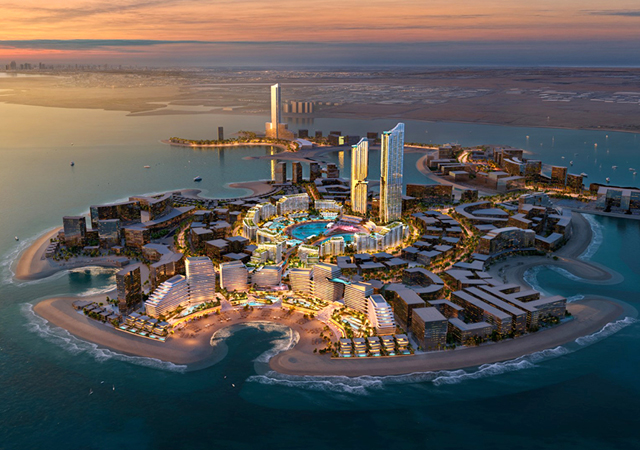
.jpg)
